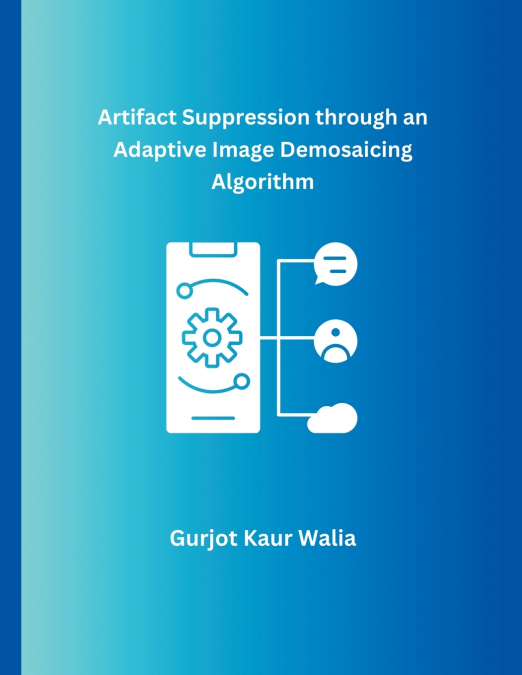
 Librería Perelló (Valencia)
Librería Perelló (Valencia)
 Librería Aciertas (Toledo)
Librería Aciertas (Toledo)
 Librería Elías (Asturias)
Librería Elías (Asturias)
 Donde los libros
Donde los libros
 El AlmaZen del Alquimista (Sevilla)
El AlmaZen del Alquimista (Sevilla)
 Librería Kolima (Madrid)
Librería Kolima (Madrid)
 Librería Proteo (Málaga)
Librería Proteo (Málaga)
Image processing is the process of applying various procedures to an image in order to improve it or extract some relevant information from it. It is a sort of processing where the input is an image and the output can either be another picture or features/characteristics related to that image and is one of the technologies that is rapidly developing. It is a primary subject of research in the fields of engineering and computer science as well. Image processing comprises importing the image using image capture tools, analysing it, and then altering it such that the output can be a changed image or report depending on the image analysis. Analog and digital image processing are the two categories of image processing techniques. Image analysis makes use of a variety of interpretational foundations while utilising these visual approaches. Digital image processing methods are useful for modifying digital pictures when utilising computers. When employing digital method, all sorts of data go through three main phases: pre-processing, improvement, and presentation, as well as information extraction. Red, green, and blue planes with high resolution make up a digital colour image. The red, blue, and green planes would ideally be collected by three distinct sensors, but this is too expensive for practical usage. The most common pattern employed is the Color Filter Array (CFA) Bayer pattern, which is made up of a mosaic of red, blue, and green sensors arranged to collect the image data. Demosaicing approaches were first based on traditional picture interpolation techniques as bilinear interpolation, cubic spline interpolation, and nearest neighbour replication. Better results were obtained using the technique that took use of the inter-channel correlation between colour components. After that, edge directed interpolation techniques were created. This served as the foundation for numerous algorithms that either used gradients or edge classifiers. To determine the interpolation direction, some algorithms used the absolute sums of first- and second-order directional derivatives at a pixel. A different algorithm worked with two sets of colour interpolated photos. The main reasons for reconstruction mistakes are incorrect edge direction estimate, the interpolation filter’s low-pass characteristic, and a localised weak correlation in the mid-frequencies across the three colour bands.